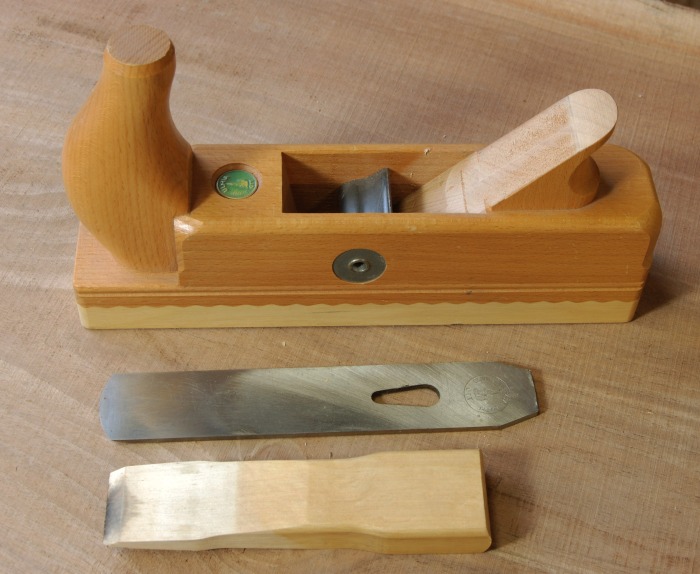UPDATE: BOTH OF THESE PLANES SOLD…THERE WILL BE MORE FROM TIME TO TIME. THANKS FOR YOUR INTEREST.
FOLLANSBEE
Last June I stopped in Baltimore to visit with Jennie Alexander. We talked of many things; the joint stool book, life, death – and worst of all – clean-up. For many years JA & I have talked about our friend Nathaniel & I dealing with the tool collection once Alexander goes to the boneyard. My shop is already full of tools, and Nathaniel has much of what he needs as well. Many of our tools came from JA’s collection. There are a few tools that Nathaniel or I will keep, but for now we’re all set. Well, JA is in fine health as of last night; but we thought it might make sense to sell off some of the tools now, rather than wait X number of years, and have the estate get the proceeds.
So from time to time I am going to offer a few tools here for sale, with the proceeds going right into Alexander’s pocket. I’m going to keep it pretty simple. First one who emails that they want such-and-such a tool gets it. Send a check for the tool & shipping & I will box it up & mail it.
here’s the first two:
An Ulmia scrub plane. 1 1/4″ iron, plane is 1 7/8″ wide, x 9 1/2″ long. A single-iron plane, no chipbreaker. Simple to use & adjust. Almost perfectly brand-new, never used. Beech with a hornbeam sole. We used this type of plane for many years. This one must have been extra. It did shave a little bit of green oak, the wedge has a stain on it. But that’s the only evidence that it ever got any use at all. Brand-new this plane sells these days for $145. We’re selling it for $95.

a detail:

A modern Dutch “fore” plane. Like the Ulmia above, this one is beech with a hornbeam sole, single-iron. This one is a maker I don’t know; Nooitgedagt of Holland. It’s 2 1/2″ wide, with an iron just under 2″. Length of the plane body is 9 1/4″. Never used. The iron has a curved cutting edge, rendering this like a fore plane, or wide scrub plane. This is the size JA & I both have used as our preferred plane for gross removal of stock. Similar size by Ulmia is $175. This one is $100.

Detail:

Email me or send a comment if you have questions. Thanks,
PF




